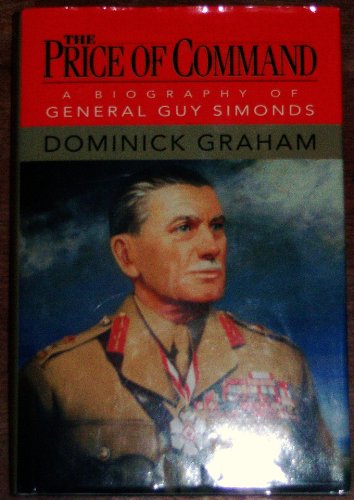
The Price of Command
by Dominick Graham
"A Biography of General Guy Simonds"
Popularity
1.8 / 5
* A book's popularity is determined by how it compares to all other books on this website.
Where to buy?
Buy from Amazon* If you buy this book through the link above, we may receive a small commission at no extra cost to you.
The Price of Command by Dominick Graham
Details
War:
World War II
Perspective:
Commanders
True Story:
Yes
Biography:
Yes
Region:
Europe
Page Count:
392
Published Date:
1993
ISBN13:
9780773726925
Description
Brief Summary
The Price of Command by Dominick Graham is a compelling wartime narrative that delves into the complexities of military leadership during critical historical moments. While offering insight into the strategic decisions and profound responsibilities faced by commanders, the book paints a vivid picture of the battlefield and the human element interwoven with strategic imperatives.
Main Themes and Topics
The book primarily explores the themes of leadership and sacrifice, focusing on the moral and ethical dilemmas that accompany high-level command decisions. It touches upon the burden of command and the psychological impact on those tasked with making life-and-death decisions. Graham also emphasizes the interplay between personal honor and duty, illustrating how these ideals shape the character and resolve of military leaders.
Writing Style and Tone
Dominick Graham employs a crisp and authoritative writing style, ensuring the narrative remains both engaging and informative. His attention to detail and command of military jargon enrich the text without alienating readers who are less familiar with the intricacies of military strategies. The tone balances tension and reflection, capturing the emotional intensity of wartime experiences while maintaining a respectful distance necessary for historical analysis.
Criticism
Some readers may find the book's technical details overwhelming, as Graham occasionally delves deeply into military strategy and operations, which might detract from the personal stories. Furthermore, the highly focused military perspective may seem narrow to those looking for broader historical context or civilian perspectives during wartime.









